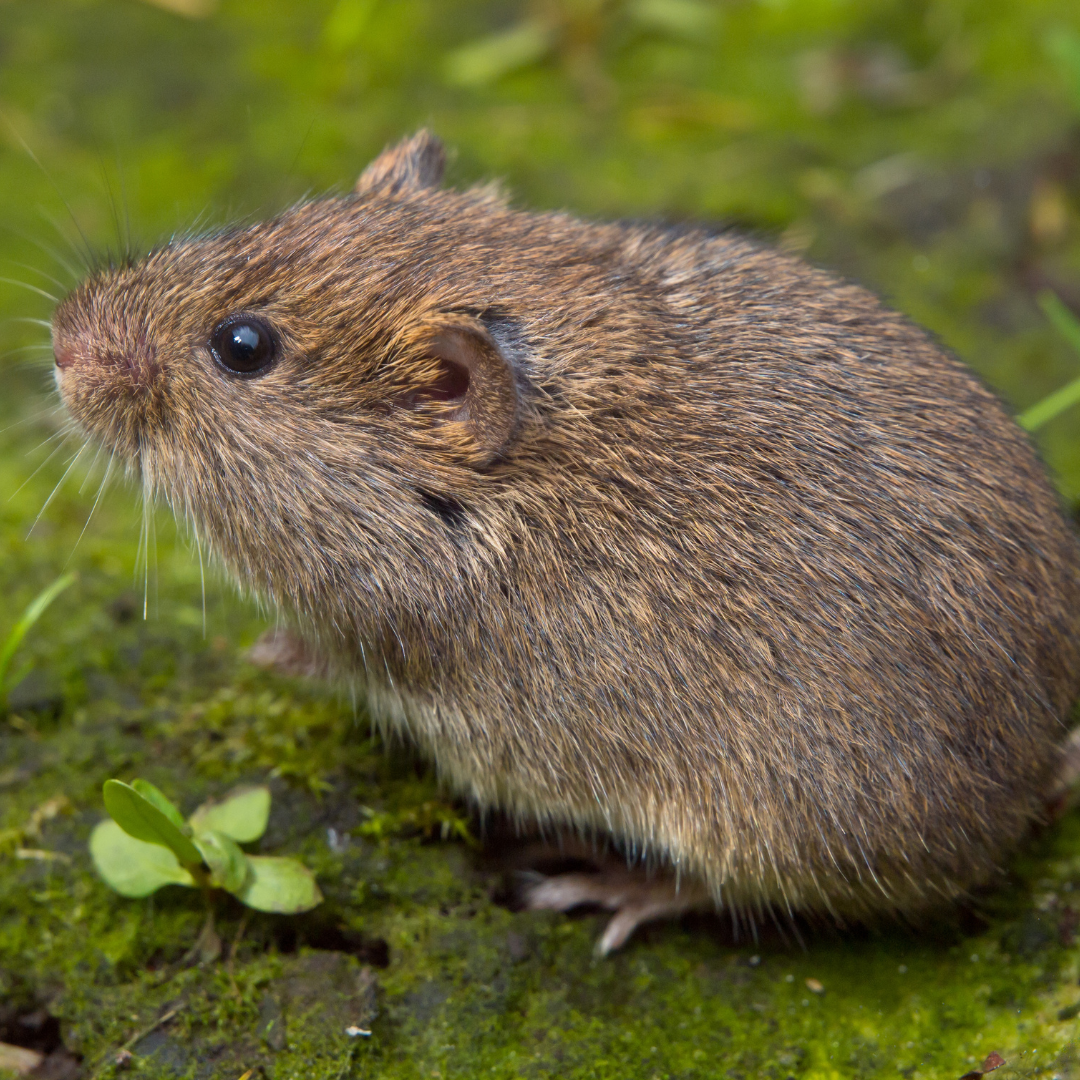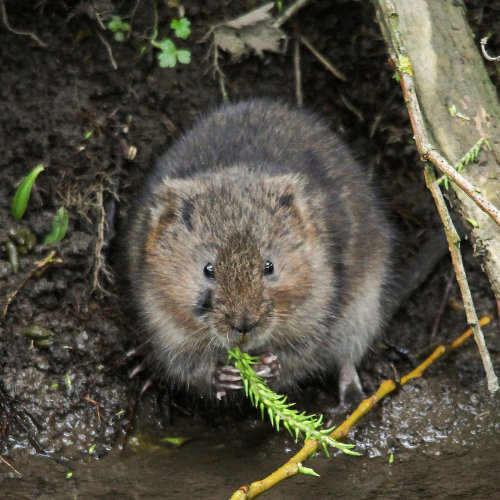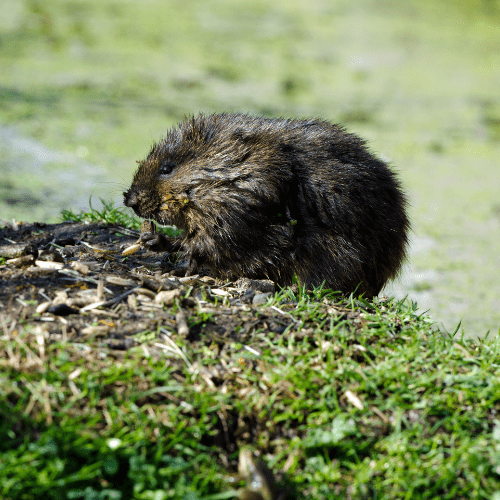Voles
Introduction to
Voles, also known as field mice or meadow mice, are small rodents that can cause significant damage to gardens, lawns, and crops. These creatures are prolific breeders and voracious feeders, making them a common pest for homeowners and farmers alike. While they play a role in the ecosystem by aerating the soil and serving as prey for various predators, voles can become a serious nuisance when they invade human habitats. This article explores the recognition, biology, habits, prevention, and professional handling of voles, providing a comprehensive guide to understanding and managing these persistent pests.
Recognition
Voles are small, stocky rodents with short tails, small eyes, and rounded ears that are often hidden by their fur. They typically measure 3 to 9 inches in length, including the tail, and weigh between 1 to 2 ounces. Their fur can range from brown to gray, and they have a somewhat blunt snout. Voles are often confused with mice and moles, but their distinct characteristics and burrowing habits help in identification. Signs of vole activity include runways in the grass, small burrow openings, and girdled trees or plants where they have gnawed on the bark.
Biology
Voles belong to the family Cricetidae and are found throughout North America, Europe, and Asia. They are highly prolific breeders, with females capable of producing multiple litters per year, each consisting of 3 to 6 young. The gestation period for voles is about 21 days, and the young reach sexual maturity in just a few weeks, leading to rapid population growth. Voles primarily feed on plant material, including roots, tubers, and bark, but they can also consume seeds, fruits, and small insects. Their burrowing activity can damage lawns, gardens, and agricultural fields, while their feeding habits can harm trees and ornamental plants.
Habits
Voles are active year-round, both day and night, but are most commonly seen during the early morning and late afternoon. They create extensive tunnel systems just below the surface of the ground, which they use for shelter and to access food. These tunnels can cause significant damage to lawns and gardens. Voles are also known to create runways in the grass, which are narrow, well-worn paths that connect their burrow entrances. During the winter, voles may burrow through the snow to reach food sources. They are social animals and often live in colonies, which can exacerbate the damage they cause.
Prevention
Preventing vole infestations involves making your property less attractive to these pests. Keep lawns and gardens well-maintained by regularly mowing, removing weeds, and trimming vegetation to eliminate cover and food sources. Use hardware cloth or wire mesh to protect the base of trees and shrubs, especially during the winter. Remove mulch and plant debris from around the base of plants to reduce hiding places. Consider installing barriers or fencing around gardens to keep voles out. Using natural predators, such as owls and hawks, or employing repellents can also help manage vole populations. Regular inspections and maintenance are key to preventing vole infestations.
Professional
If voles have already infested your property, professional pest control services can provide effective solutions. STL Pest Control offers comprehensive management plans to address vole infestations. Their experienced technicians will conduct a thorough inspection to identify burrow systems and areas of activity. They use a combination of trapping, baiting, and habitat modification to remove voles and prevent their return. STL Pest Control also provides advice on long-term prevention strategies to keep your property vole-free. Professional intervention ensures that vole problems are resolved efficiently and safely, minimizing damage to your property.



Our Office









